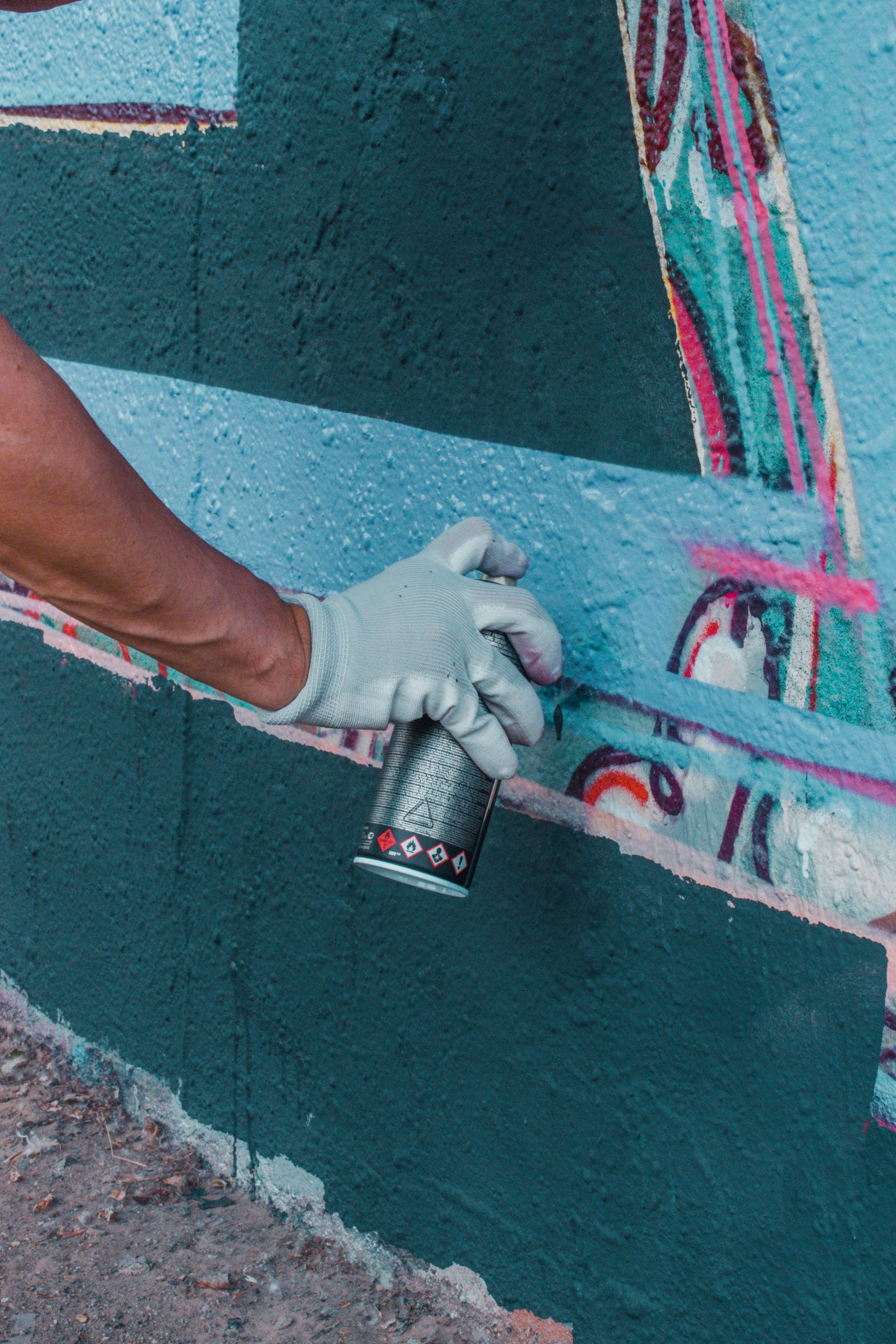Your website is not a one-and-done deal. You can’t just build a website for your business, fill it with copy/content, and leave it alone forever. Well, you could, but we don’t recommend doing that.
Your business will evolve and grow. Offers will come and go. Maybe your audience will change. And you may even do a rebrand in the future. Your website content needs to reflect who you are and what you do right now — always.
If it’s been awhile since you spruced up your website content, no worries. You can get started with our tips on how to refresh your website content below.
What “refresh” means (and doesn’t mean)
To us, “refreshing” means adding, editing, or deleting content where it makes sense. It means expanding on a point or deleting unnecessary words to make your meaning more clear. It means removing content that’s no longer true or relevant.
It does not mean adding a bunch of filler content just for the hell of it, or sneaking in keywords to try and boost your SEO. Google has already caught on to that game and shut it down. Instead, look for simple and easy opportunities to update your website content.
Start with your most important pages
Let’s begin with your most visited, most important pages on your website. Of course, that’ll be your home page, but also your services or product page. Consider refreshing your portfolio and/or testimonials next. Those pages help potential customers decide whether to buy what you’re selling, so it’s important to keep them updated.
Still not sure which pages to refresh first? Choose the ones that haven’t been edited or updated in a while. We typically recommend that you review your website for edits every 3 to 4 months, BTW.
If the content of a page hasn’t had any maintenance in 12 months or more, pick that one to refresh first. Then keep reading.
Update sources, statistics, and links
Scan your content and look for any percentages, fractions, numbers — any statements that include data or references to outside sources. Are these sources and statistics still accurate? Are they the best available out there? Whenever possible, you want to link to the original source of a fact or figure. Not another page that mentions the source.
On that note, check all of the links on the page you’re updating. Make sure you don’t leave any old, broken links on the page. This is super important for your CTAs!
You don’t want your site visitors clicking through to a product or service you no longer offer. That’ll just frustrate them. And you’ll lose a potential customer. If you include a new link, make sure the sentences around the link are updated to make sense, too.
Check on your brand voice
Once you’ve finished editing the meat of your content on a page, read back through your refreshed content and check your brand voice.
- Does it “sound” like you?
- Does it sound like you’re speaking to your target audience?
- Are you using inclusive language?
- Are there instances where you can strengthen your brand voice? E.g., swapping an adjective for a different one or rephrasing a sentence
- Are there words and/or phrases you should remove to strengthen your brand voice?
This is especially important if you’ve rebranded or clarified your brand voice lately! In short, your fresh content should align with your brand personality, resonate with your audience, and reflect your brand’s mission and values.
Edit your headings
Don’t forget your headings! Up until now, you’ve only focused on the main parts of your content: paragraphs. If you’ve made some big changes to your content, your headings should be edited, too!
And remember, make your content easy to scan and read. Short paragraphs at three to four lines long are best. It helps your site visitors find what they’re looking for, but it also makes your website accessible. If you have new sections of content that are lengthy, break those paragraphs up with subheadings.
Include visuals, too
Speaking of making your content skimmable, throw some visuals on the page when it makes sense to do so. Visuals can keep your content interesting and can break up blocks of text.
Got a beautiful photo of your new and improved product? Place it where it would make sense on your page, like next to a list of features or product details.
Wanna show off an amazing graphic that you made for some data? Share it! While you’re at it, include a concise, detailed text explanation of what’s shown in the graphic.
Can’t help but include an appropriate GIF on your page just for funsies? You do you, babe.
This is also a good time to check your alt-text for your images. Alt text is the physical description assigned to an image. It’s what someone using a screen reader would hear, so check that your alt text is straightforward and helpful.
Repeat once a quarter
That wasn’t too painful, right? Refreshing your website content isn’t hard. But the longer you leave it without updates or edits, the more time-consuming it’ll be.
So, repeat these steps once every three months. Set a recurring event in your calendar once a quarter to refresh your website content. The more you stay on top of your website content, the easier and quicker your content updates will go.
Need our help refreshing your site? Schedule a discovery call today and we’ll see if we’re a fit!

